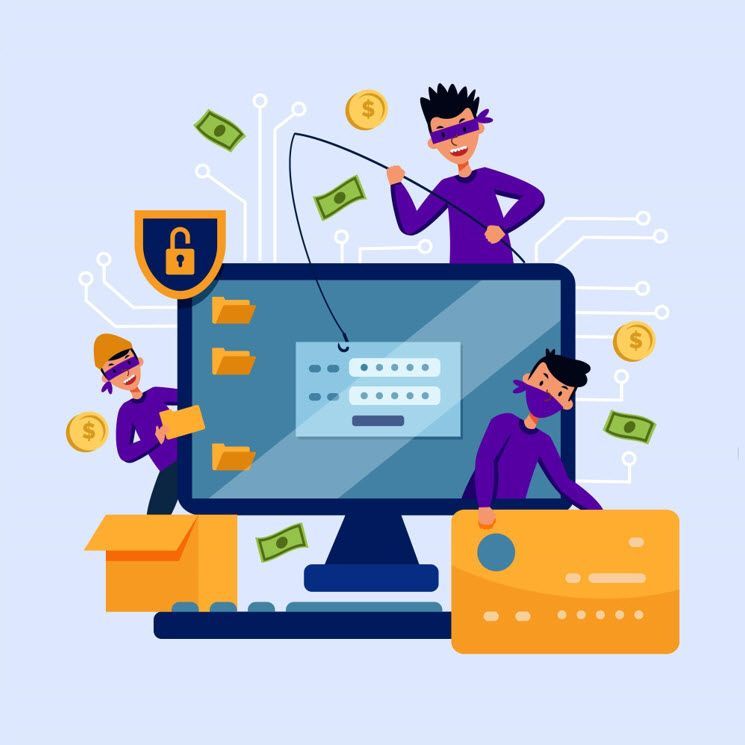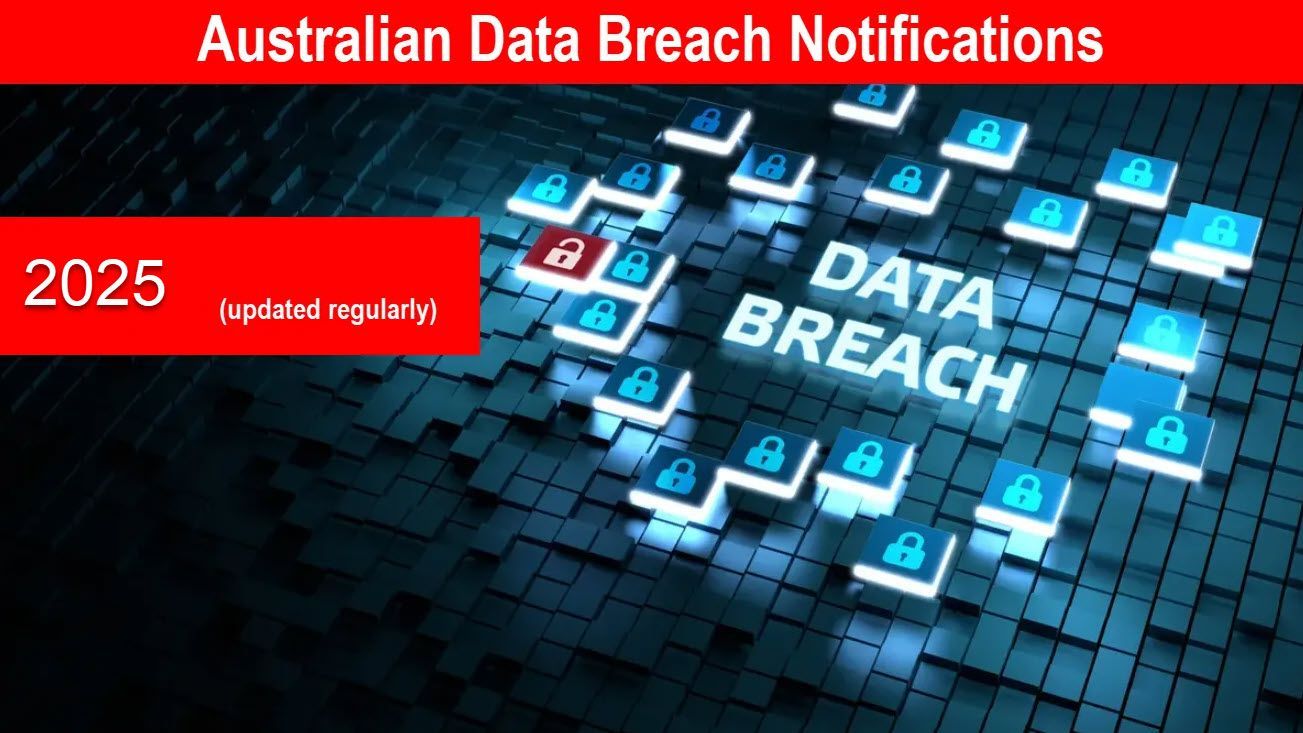Exploring Different Types of Online Fraud

According to the Australian Bureau of Statistics, almost 2.5% of individuals have experienced some kind of online scam over the last two years. Internet frauds have become so prevalent that these scams cost millions of dollars of loss each year.
So, how can you be vigilant of these scams? Well, the key here is to stay aware of different online fraud types and how they affect businesses and individuals. This article discusses most internet scams in detail, so keep on reading.
What is Online Fraud?
Online or cyber fraud refers to different types of fraudulent activities that are committed using the internet. Online fraud comes in various forms. It can be done as a virus attack to steal sensitive personal information. Moreover, it can be conducted by malicious individuals using different fraud schemes to cause financial or reputational damage.
For instance, online fraud can be a phishing attempt where scammers send fraudulent emails or websites. These messages are impersonated to be from legitimate banks or companies to trick recipients into revealing sensitive information such as passwords.
Other than that, online fraud is done through various platforms such as:
- E-commerce apps and websites
- Social media platforms
- Messaging or communication platforms
- Freelance websites
- Online banking and financial platforms

What are the Most Common Types of Online Fraud?
Below, we have discussed the nature of online frauds and how they occur in the first place so that you can design tactics accordingly to secure yourself and your business.
1. Friendly Fraud
Friendly fraud is also known as “First-party fraud,” and it usually occurs when a buyer purchases something online and then claims an invalid transaction and a chargeback. As a result, the processor has to compensate the transaction value.
Remember that in these types of scams, the claimant makes strong assertions along with the proofs, which is why most claims appear to be genuine. Also, some of these claims are actually 100% genuine. Hence, it gets tough to identify whether it’s an honest complaint or a fraud.
For example, a person buys something from an online store, and it never gets shipped. A complaint like this can be an authentic complaint, or it may be a fraudulent claim by a scammer.
2. Email Phishing Scam
Although not so new as compared to recently evolving internet frauds, email frauds are still considered one of the most prevalent types of cyber scams. As per the ABS report, phishing scams or information requests are the second most common type of fraud, with a victimization rate of almost 0.6%.
As technology is evolving, email phishing scams have also turned into more complex attacks. These attacks convince people to click on a link or download a file button that seems legitimate but leads to malicious content.
The link takes the user to a spoofed website or form that pretends to be from a bank or other legitimate entity. The link asks for the user’s sensitive information, such as passwords, social security numbers, and login credentials. Upon providing this information, the user immediately suffers from substantial financial loss.

3. Account Takeover Fraud
It is a type of fraud in which a fraudster acquires access to someone’s legitimate e-commerce or social media account. This scam can be done in various ways, such as misusing:
- Stolen credit card details
- Stolen passwords
- Or security codes
After gaining access to the user’s account, a fraudster may change the user’s account information, make purchases on an e-commerce site, ask for refunds, or use or resell the merchandise.
Another form of ATF is Business Email Compromise (BEC), where the fraudster gains access to a business email account and makes significant fund transfers. In 2023, BEC led to huge losses totalling over $3 billion, making it one of the most damaging online scams in recent times.

4. Card Testing Fraud
Card testing fraud occurs when a scammer gains access to one or more credit card numbers. These credit cards might be stolen, or the card data may be purchased from the dark web. Despite having the credit card data, the fraudster still has to confirm whether the card can be used to make a transaction.
To do so, the fraudster uses scripts or bots to make minor purchases on an e-commerce site. Once they succeed in their test, they proceed to make more expensive purchases.
The modest transactions often go overlooked, but once a larger purchase is made, the cardholder realizes that they have been a victim of credit card fraud. By the time the user takes action to stop the transaction, the fraudster would already have made several significant transactions, causing a huge financial hit to the card user.
5. Triangulation Fraud
The triangulation fraud is conducted in a systematic manner, involving three actors:
- A customer who places a genuine order on a third-party marketplace such as Amazon.
- A fraudulent seller receives the order and then places the same order on a legitimate storefront using a stolen credit card.
- A legitimate online store that processes the deceptive order.
The scam initiates with a scammer creating an online store on a legitimate e-commerce platform where they list the items at attractive prices.
Genuine buyers who are attracted by competitive prices make a purchase at the store, and this is where actual fraud takes place. Instead of fulfilling the order themselves, the scammer purchases the required item from another authentic seller using the original buyer’s shipping details and stolen credit card information.
The clients of fraudulent e-commerce websites receive genuine products at low prices. The real victims of these frauds are the legitimate online stores and the individuals whose credit card details have been stolen.
6. Greeting Card Scams
Greeting card scams involve birthdays, Christmas, Easter, Eid, and Diwali cards, which are embedded with malicious links and software. People unaware of such risks send these greeting cards to their friends and family members via email or other platforms.
Upon clicking the link, the malicious software or virus gets installed into the recipient's device, which leads to spammy links and pop ads. In most severe cases, such links may even compromise the financial data and sensitive information stored on the recipient’s device.
How to Combat Various Online Fraud Types with Cyberlutions®
The information mentioned above is a foundation for you to be vigilant and prepared. Yet, you can still be vulnerable to a cyber attack as they are much more sophisticated than the knowledge of an average user.
To be completely secure from different online fraud types, you need expert assistance. The cybersecurity professionals at Cyberlutions® have a proven track record of dealing with a wide range of online frauds. Their specialist services cater to online scams, which not only investigate internet frauds but also put preventative measures in place to protect you in the future.
Call us nowto book a FREE 15-minute personal strategy session and safeguard yourself from all types of online fraud.
References:
- https://www.pingidentity.com/en/resources/blog/post/everything-need-know-online-fraud.html
- https://www.paymentnet.jpmorgan.com/help/auth/PaymentNet_Security_Best_Practices/What_to_Do_If_You_Suspect_Fraud/Types_of_Online_Fraud.htm
- https://www.linkedin.com/pulse/types-online-fraud-silentmodesec/
- https://www.fortinet.com/resources/cyberglossary/internet-fraud
- https://sanctionscanner.com/blog/6-common-types-of-online-business-fraud-703
- https://docs.stripe.com/disputes/prevention/fraud-types









